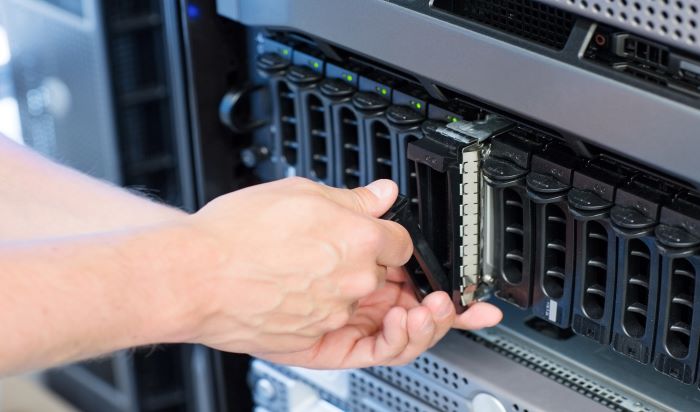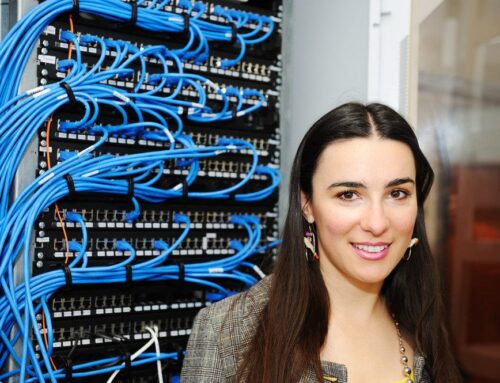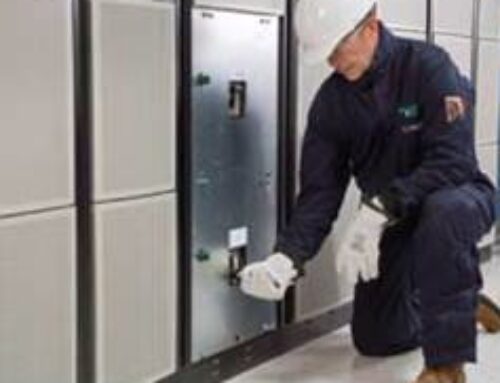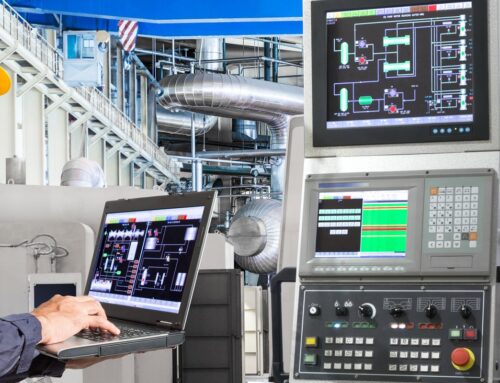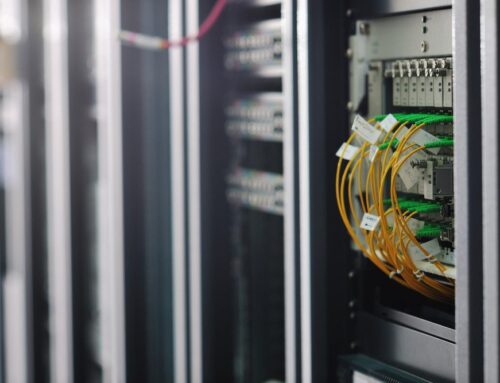Data centers have an average lifespan of around nine years but facilities older than seven years are considered out of date by Green Computing norms.
Whether you need data center construction services to replace an out of date facility or you are building your business’s first data center, first you must know what different types of data centers exist.
Onsite Data Centers
Onsite data centers are housed directly within a company’s headquarters or campus. They are easy to access for maintenance and troubleshooting, and they can be upgraded and expanded as a business’ needs increase.
Onsite data center construction is simple because it takes place directly within an existing company building. This direct access also gives a business complete control over its data, which can help with security. Onsite data centers can be more expensive than alternative options and their energy requirements can overwhelm a building’s power supply. Businesses will often choose to build data centers outside of their main operating centers.
Colocation Facilities
Colocation facilities rent or lease space to several different companies to operate their data centers in. Colocation facilities have built-in cooling systems, security equipment, and monitoring services that are shared by multiple different companies and their data solutions seamlessly.
For businesses that do not have an advanced IT department with a 24-hour maintenance team, renting space in a colocation facility gives them the data center services they need without the significant personnel and equipment costs.
Wholesale Colocation Data Centers
Standard colocation data centers provide comprehensive data services to businesses on a small scale. Wholesale colocation facilities are slightly different in that they only provide space for businesses to set up their data centers in, rather than providing data center equipment and monitoring themselves. Wholesale colocation data centers generally provide larger spaces than retail colocation facilities for organizations with significant data needs.
Hyperscale Data Centers
Hyperscale data centers are similar to colocation facilities in that they provide services to multiple organizations but on a much larger scale. These data centers are designed to be expandable, allowing for simple continued data center construction and they can often house thousands or even millions of data center servers.
Because of their scalability, companies with large amounts of data and a high potential for growth would benefit from using hyperscale facilities.
Edge Data Centers
Unlike most data center facilities, edge data centers are difficult to define because they can take many different forms. Edge data centers are customizable by their very nature, as they are “built on the edge” of the end user and their existing systems.
One feature that is consistent across edge data centers is that they are fairly small and can be constructed in almost any environment. They provide lower latency than traditional data centers but make up for this by being highly compact and customizable to the end user.
Edge data center construction takes place within facilities owned by the organization that uses it, making it similar to onsite data centers. Although edge data centers are housed within the facility that uses them, they are usually managed by an offsite company or colocation.
Telecom Data Centers
Telecom data centers are owned and operated by telecommunications companies, such as BT, ATandT, and Verizon. They have very high connectivity and are usually used to drive content delivery, mobile services, and cloud services. Telecom data centers are usually installed and managed by the staff of the companies that own them.
Choosing the right type of data center for your organization can be a complicated process all on its own. LDP provides mission-critical support solutions to help you get the data center services your company needs. Contact LDP today and their experts will guide you towards the data center solutions that are right for your business.

